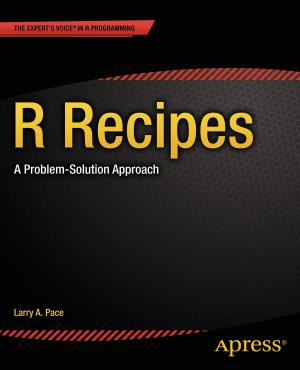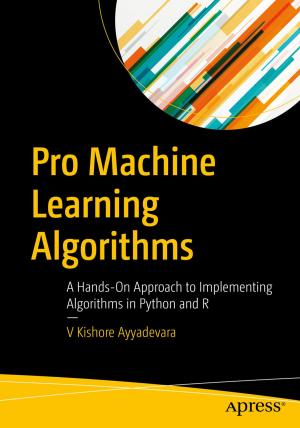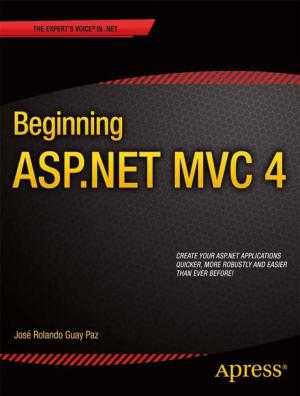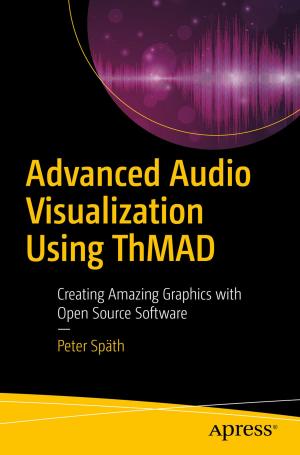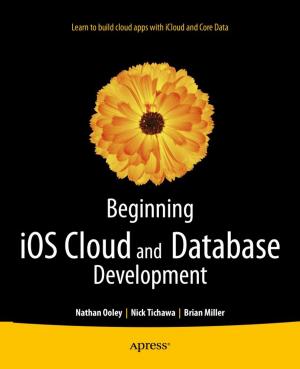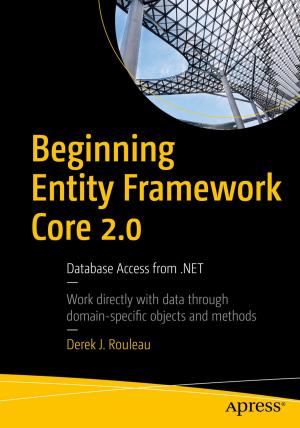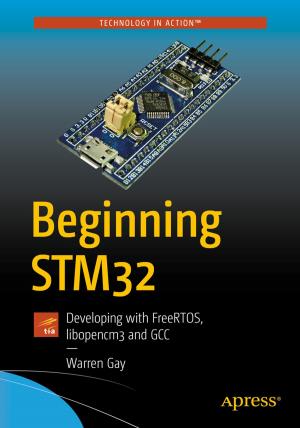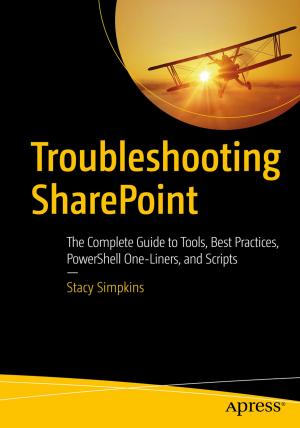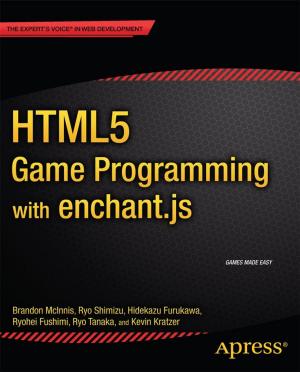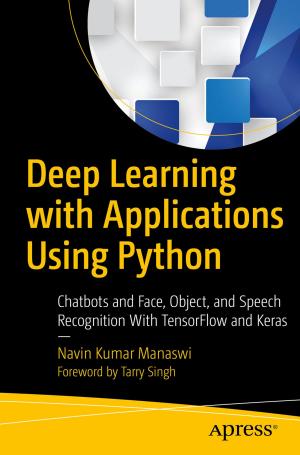Automated Trading with R
Quantitative Research and Platform Development
Nonfiction, Computers, Programming, Programming Languages, General Computing| Author: | Chris Conlan | ISBN: | 9781484221785 |
| Publisher: | Apress | Publication: | September 28, 2016 |
| Imprint: | Apress | Language: | English |
| Author: | Chris Conlan |
| ISBN: | 9781484221785 |
| Publisher: | Apress |
| Publication: | September 28, 2016 |
| Imprint: | Apress |
| Language: | English |
Learn to trade algorithmically with your existing brokerage, from data management, to strategy optimization, to order execution, using free and publicly available data. Connect to your brokerage’s API, and the source code is plug-and-play.
Automated Trading with R explains automated trading, starting with its mathematics and moving to its computation and execution. You will gain a unique insight into the mechanics and computational considerations taken in building a back-tester, strategy optimizer, and fully functional trading platform.
The platform built in this book can serve as a complete replacement for commercially available platforms used by retail traders and small funds. Software components are strictly decoupled and easily scalable, providing opportunity to substitute any data source, trading algorithm, or brokerage. This book will:
-
Provide a flexible alternative to common strategy automation frameworks, like Tradestation, Metatrader, and CQG, to small funds and retail traders
-
Offer an understanding of the internal mechanisms of an automated trading system
-
Standardize discussion and notation of real-world strategy optimization problems
What You Will Learn
-
Understand machine-learning criteria for statistical validity in the context of time-series
-
Optimize strategies, generate real-time trading decisions, and minimize computation time while programming an automated strategy in R and using its package library
-
Best simulate strategy performance in its specific use case to derive accurate performance estimates
-
Understand critical real-world variables pertaining to portfolio management and performance assessment, including latency, drawdowns, varying trade size, portfolio growth, and penalization of unused capital
Who This Book Is For
Traders/practitioners at the retail or small fund level with at least an undergraduate background in finance or computer science; graduate level finance or data science students
Learn to trade algorithmically with your existing brokerage, from data management, to strategy optimization, to order execution, using free and publicly available data. Connect to your brokerage’s API, and the source code is plug-and-play.
Automated Trading with R explains automated trading, starting with its mathematics and moving to its computation and execution. You will gain a unique insight into the mechanics and computational considerations taken in building a back-tester, strategy optimizer, and fully functional trading platform.
The platform built in this book can serve as a complete replacement for commercially available platforms used by retail traders and small funds. Software components are strictly decoupled and easily scalable, providing opportunity to substitute any data source, trading algorithm, or brokerage. This book will:
-
Provide a flexible alternative to common strategy automation frameworks, like Tradestation, Metatrader, and CQG, to small funds and retail traders
-
Offer an understanding of the internal mechanisms of an automated trading system
-
Standardize discussion and notation of real-world strategy optimization problems
What You Will Learn
-
Understand machine-learning criteria for statistical validity in the context of time-series
-
Optimize strategies, generate real-time trading decisions, and minimize computation time while programming an automated strategy in R and using its package library
-
Best simulate strategy performance in its specific use case to derive accurate performance estimates
-
Understand critical real-world variables pertaining to portfolio management and performance assessment, including latency, drawdowns, varying trade size, portfolio growth, and penalization of unused capital
Who This Book Is For
Traders/practitioners at the retail or small fund level with at least an undergraduate background in finance or computer science; graduate level finance or data science students

